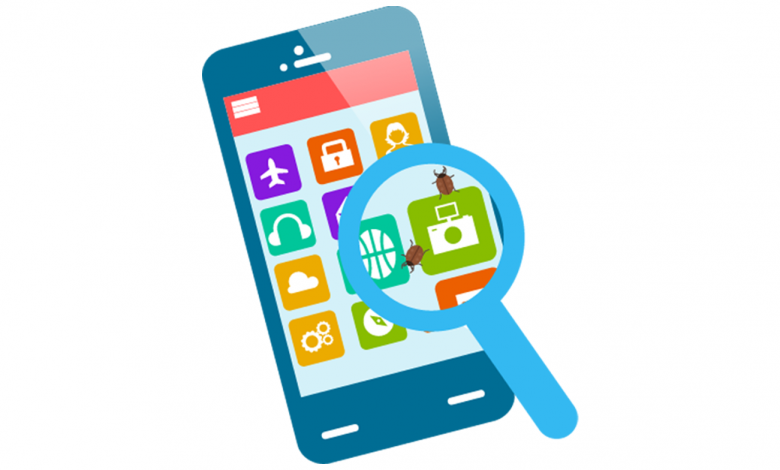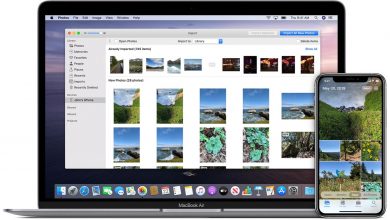Tips and tricks
Different Types of Mobile Application Testing

Since the mobile app market is flooded with players and the competition is almost endless. In order to compete with the competitors it is essential that the users are satisfied with the mobile application and for that one thing that is essential is constantly updating the app with new happening. Several platforms are available on the web like pcloudy to help in these. This can usually be done by different Mobile Application Testing techniques. These methods are:
- Compatibility Testing: Testing the compatibility is a very critical Quality Assurance task. It ensures that the application is working as intended with the selected operating system, devices with completely different screen size resolution, and alsothe internal hardware (button/input differences, memory size, and processor speed). It outlines the devices possible compatibility combinations and also interfaces for the specific test assignment, in accordance with the requirement of the customer.
The purpose of this testing is ensuring if different software’s are compatible with corresponding different configurations and further is the app compatible withclient’s environment.
- Installation Testing: The mobile phones are fed with the following types of mobile apps Native, Hybrid and Web. This type of testing is usually done at a very initial stage of the mobile applications life span or we can say that it is the very first impression that the app makes on the user. It checks if the mobile app is installing, uninstalling and updating properly or not.
- Interruption Testing: This is basically a process of replicating any unexpected or abrupt interrupt to your application. This is usually done to understand how the application would behave when these interruptions are given and if or not it resumes to its original state. The interruption testing can be done by various methods and techniques depending upon the application that is under test. Some of the common interrupts are- device shutting down, a phone while the application was running, Operating system update, loss of network,etc.
- Localization Testing: Under this type of testing, the main aim is to check if the mobile app works in accordance to the cultural settings, the app should be customized keeping in mind the target country and language, and also the linguistic aspects. Localization may also be known as “L10N” because there are some 10 characters that come between L and N.
Different types of localization testing are:
- Linguistic testing
- Cosmetic testing
- Cultural testing
- Functional testing
- Performance Testing: The purpose of the Performance testing is to test the performance of the mobile app in the workload scenarios that are expected in the coming times and also to eliminate performance hurdles. It also checks if the app is responding quickly, its ability to take load and its stability while that load arises. Performance is an extremely important factor because in case the app is malfunctioning, it gives a reason to the user to uninstall it and then eventually even shift to a competitor’s app that they might find better and faster. There are 2 pillars based on which the performance testing is done:
- Network Performance
- Server Performance
- Usability testing: Usability is a crucial type of testing in Mobile Application Testing which may be performed in order to check the user-friendly behavior of the mobile application and how it navigates, the ease of operation, flexibility.
To sum up, mobile application testing plays an important role.




